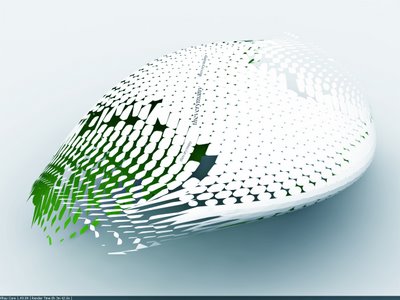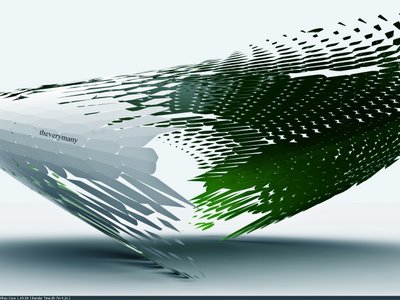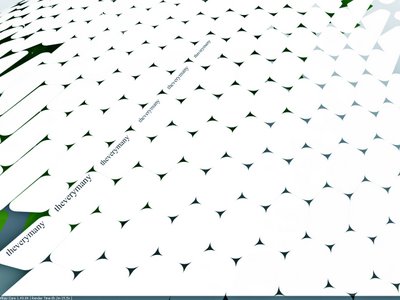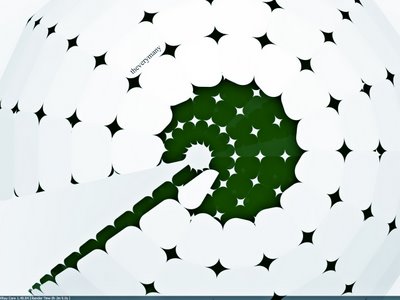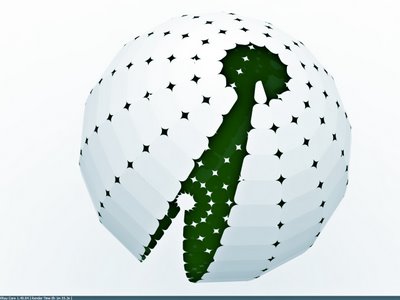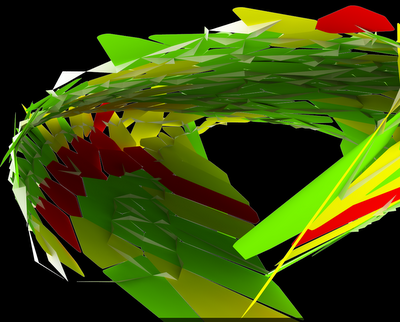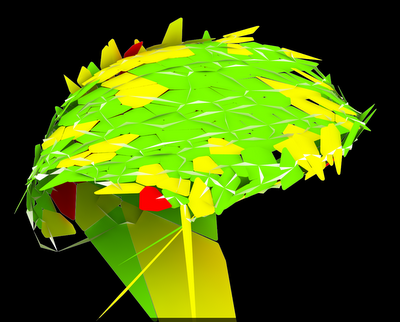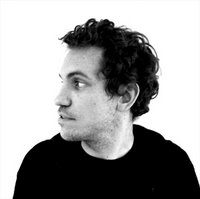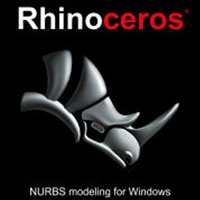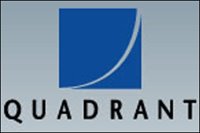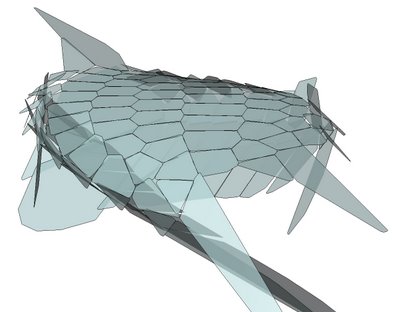
FITNESS CRITERIA is probably where - within any morphogenetic or form finding processes - "subjectivity" is the most "exposed"... recent trends are pushing back towards the return of SUSTAINABILITY as the latest alibi for form: data set extracted from environmental analysis software package are directly - or yet still often via old school Excel sheets - feeding back parametric models... or facades aperature systems are designed according to optimization after to arrays of vectors simulating precise rays of light, etc... fair enough as far as sustainability is probably the most current anti-polemic marketing tool whenever politic is involved... though more worrying in certain case where it becomes an other escapism root to the designer responsability of decision making...
"PROBLEM CARING" as design tool versus "PROBLEM SOLVING" as optimization tool...
As any young practice interested in "depth-less spaces" by introducing continuity of surfaces - most often resulting in "complex shapes/forms/ornementations/etc... - I've very early on been introduced to VALUE ENGINEERING and like any constraints V.E. can be turned at your advantage in terms of design tool: planar within curved?
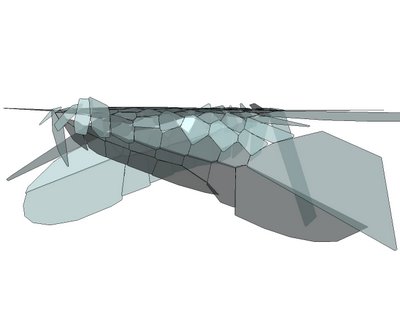
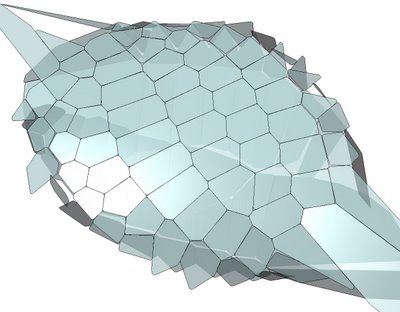
"In computer science, COMPUTATIONAL GEOMETRY is the study of algorithms to solve problems stated in terms of geometry." (ie Wikipedia)
Displayed is a further study in progress onto TESSELATION of double curved nurbs surfaces with FLAT components (without calling triangulation).
Here the most important design hypothesis was for the component to be non homogenous and therefore shouldn't have the same number of verticies: from 3 to 7-8... also the emergent propriety of the used algorythm is to avoid any sharp angle (cost control + tolerance issue)
also the assembly is yet mot packed - and therefore not air tight - all the the component are within a certain tolerance non overlapping.
Assemblies (step 001): within non linear algorythm - resulting here in non ordered systems - intersection points can be used as sampling test for tangencies:
IF a point is shared by the boundaries of two panels THEN they are neighbours...
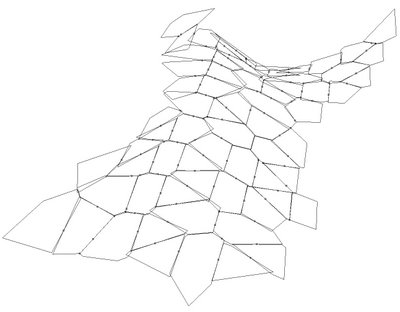
Labels: architecture, components, computational geometry, flat panels, rhinocript, tesselation
